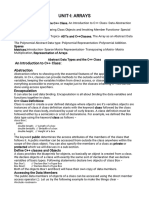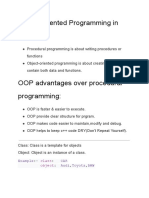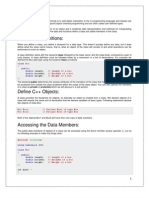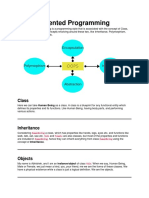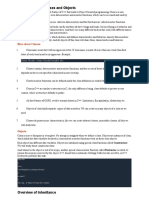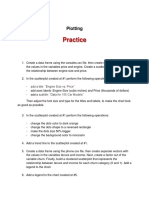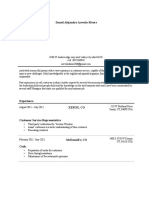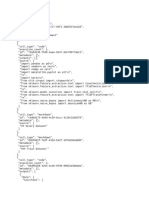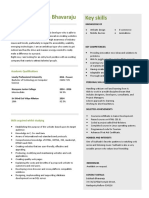0% found this document useful (0 votes)
35 views8 pagesWhat Is A Class in C and Object
A class in C++ is a user-defined data type that serves as a blueprint for creating objects, encapsulating data and functions. Objects are instances of classes that hold specific values and utilize the class's methods. Key concepts include encapsulation, access specifiers (private, protected, public), and the ability to create multiple objects with their own data.
Uploaded by
poonam BhallaCopyright
© © All Rights Reserved
We take content rights seriously. If you suspect this is your content, claim it here.
Available Formats
Download as DOCX, PDF, TXT or read online on Scribd
0% found this document useful (0 votes)
35 views8 pagesWhat Is A Class in C and Object
A class in C++ is a user-defined data type that serves as a blueprint for creating objects, encapsulating data and functions. Objects are instances of classes that hold specific values and utilize the class's methods. Key concepts include encapsulation, access specifiers (private, protected, public), and the ability to create multiple objects with their own data.
Uploaded by
poonam BhallaCopyright
© © All Rights Reserved
We take content rights seriously. If you suspect this is your content, claim it here.
Available Formats
Download as DOCX, PDF, TXT or read online on Scribd
/ 8





















